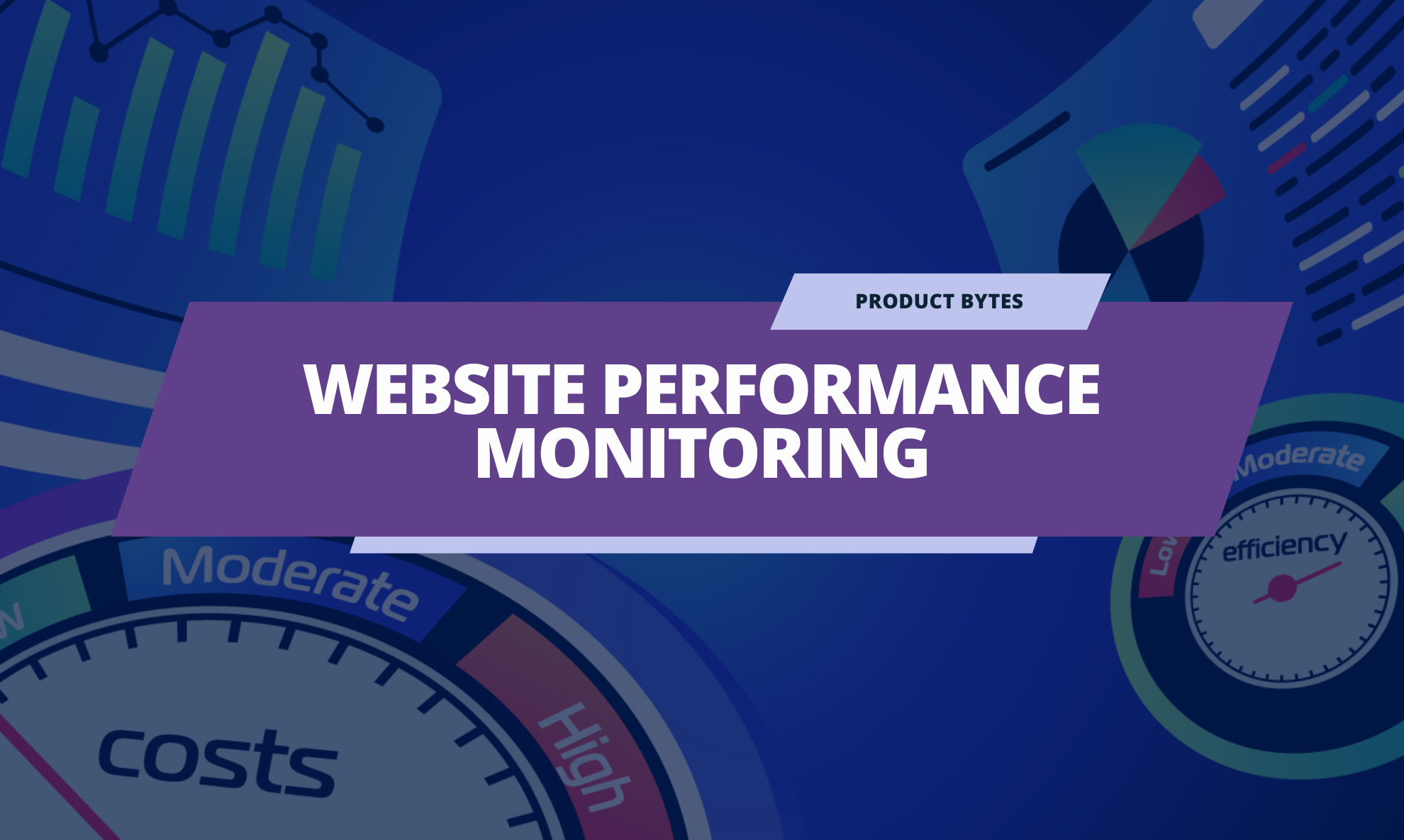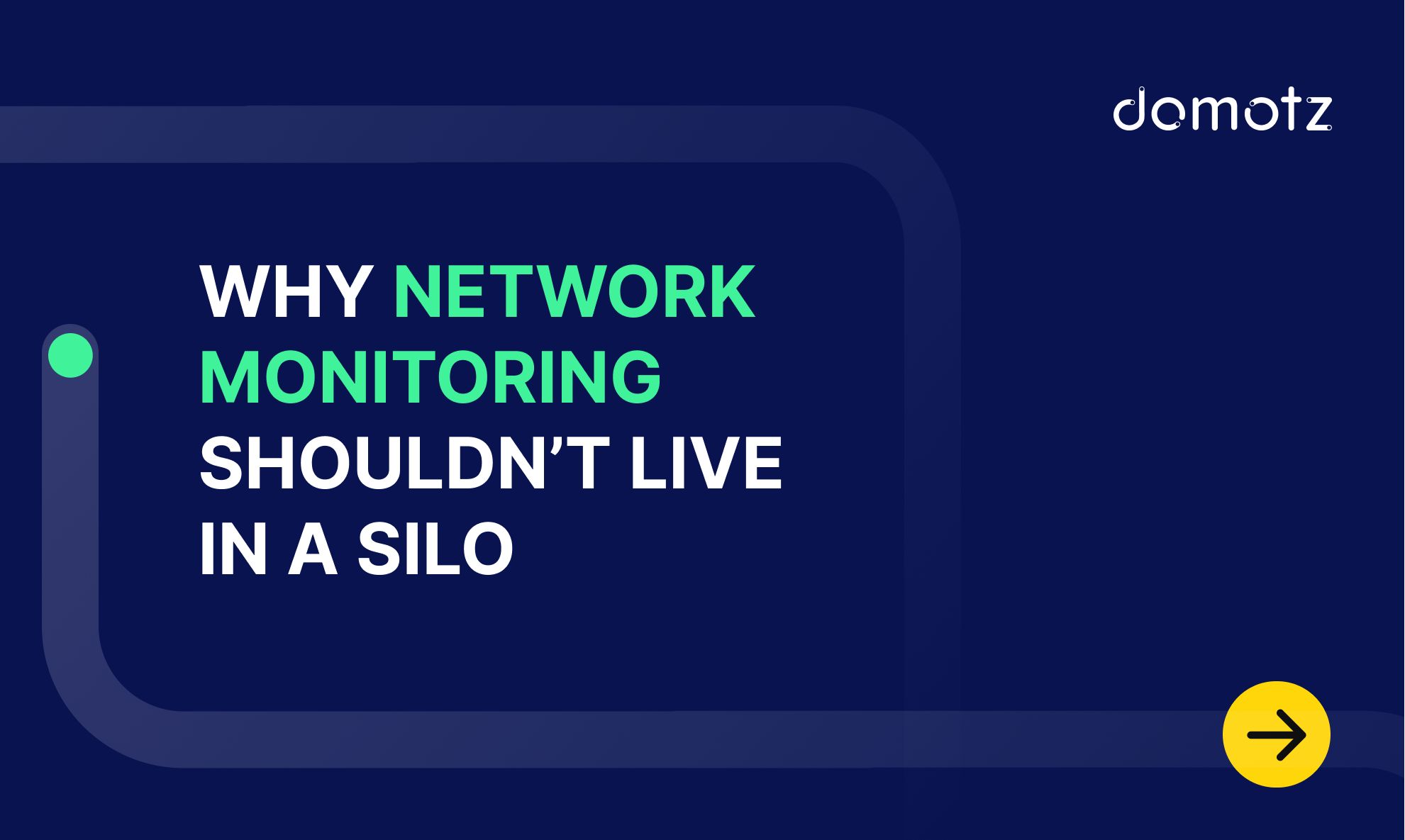In the fast-paced digital landscape, ensuring a seamless user experience on your website is crucial for attracting and retaining customers. To clarify, website performance monitoring is a vital practice that enables you to identify and resolve potential issues. It can optimize website speed and ultimately deliver a superior online experience.
This article will explore what website performance monitoring entails. What’s more, we’ll discuss how Domotz can help you achieve and maintain exceptional website performance.
What is Website Performance Monitoring?
Website performance monitoring is the systematic observation and measurement of various key metrics that affect the overall user experience on a website. These metrics can include page load times, server response times, page speed, website uptime, and other crucial performance indicators.
The goal of website performance monitoring is to detect potential issues or bottlenecks that might degrade the website’s performance, allowing you to take proactive measures to improve it.
The Importance of Website Performance Monitoring
The significance of website performance monitoring cannot be overstated. Often even the slightest delay in page loading can significantly increase bounce rates, resulting in lost opportunities for conversions and revenue. Additionally, search engines like Google consider website speed as one of the most important ranking factors, making it crucial for businesses to prioritize performance.
Website performance monitoring offers several benefits:
- User Experience Improvement: By regularly monitoring the website’s performance, you can identify and resolve performance-related issues that could frustrate and turn away visitors. A fast website leads to higher user satisfaction, and increased user retention.
- Conversion Rate Optimization: Faster load times and seamless browsing experiences contribute to higher conversion rates. Monitoring website performance helps you and your clients capitalize on potential leads and convert them into customers.
- SEO and Search Engine Ranking: Search engines favor websites that load quickly and deliver a positive user experience. Monitoring performance ensures the website meets search engine requirements, leading to better search engine rankings and increased organic traffic.
- Server and Resource Optimization: Performance monitoring provides insights into server health and resource utilization. It helps you make informed decisions about resource allocation and server upgrades, preventing unexpected downtimes due to resource constraints.
- Competitive Advantage: In a competitive online landscape, businesses with better website performance gain an edge over their competitors. A well-optimized website helps build trust and credibility with users.
There are plenty of tools that you can use to monitor website performance. Here, we’ll explain how to leverage Domotz to enhance your website performance monitoring.
Understanding Website Performance Monitoring with Domotz
Domotz network monitoring solution offers Website Performance Monitoring and Web Services Performance Monitoring. We designed those features to give you a holistic view of your website’s performance by tracking and analyzing key metrics. Use them to monitor critical aspects such as page load, server response, and uptime. As a result, you’ll get real-time insights that will allow you to proactively address any performance-related issues to protect the websites you manage.
Domotz Website Performance Monitoring
Web Performance Monitoring can monitor any content on your website and web pages.
- Focus: Website Performance Monitoring is primarily concerned with monitoring the performance of websites or web applications.
- Purpose: Its main goal is to ensure a smooth and seamless user experience for visitors to the website.
- Method & Metrics: We have developed a ready-to-use generic monitoring script to help you extract any data you want from a website, single page, or multiple pages. Find it in the Domotz library or customize it to fit your needs. For example, you can monitor the generic content of a web page, extract any HTTP/HTTPS-based content, and more.
- Use Case: Web performance monitoring is essential optimize website speed and responsiveness to provide a positive user experience, improve search engine rankings, and increase conversions.
Domotz Web Services Performance
Web Services Performance Monitoring feature goes beyond traditional website monitoring. It focuses on the performance of specific web services that underpin online applications. This advanced monitoring capability allows you to track essential performance metrics. This way you can quickly identify and address any issues affecting your web services.
- Focus: Web Services Performance Monitoring, on the other hand, is focused on monitoring the performance of specific web services that underpin online applications or software solutions.
- Purpose: Its main goal is to ensure the reliability and availability of web services that power applications, mobile apps, or cloud-based software.
- Method & Metrics: Domotz offers a ready-to-use web service performance script to help you check web service health, monitor the web services status, and check web services performance. Find it in the Domotz library or customize it to fit your needs. You can generate a table with the following columns: URL, Response Status, and Response Time.
- Use Case: Web services performance monitoring is crucial for businesses that rely on web services to deliver their products or services to customers. It helps ensure that these web services perform optimally, minimize downtime, and meet Service Level Agreement (SLA) commitments.
Find out more about the usage of the scripts on our Help Center page Automation and Scripts.
Conclusion
In summary, while both web performance monitoring and web services performance monitoring are essential for maintaining a positive online presence and providing a seamless user experience, they differ in their focus.
Web performance monitoring concentrates on optimizing website performance. On the other hand, web services performance monitoring is specifically tailored to ensure the reliable operation of the web services supporting applications and software solutions.
Depending on the nature of a business and its online offerings, you may benefit from implementing one or both of these monitoring approaches to ensure optimal performance and customer satisfaction.
Further reading:
- What is Website Content Monitoring?
- 5 MSPs Website Design Tips to build trust & credibility
- Applications and cloud services monitoring



